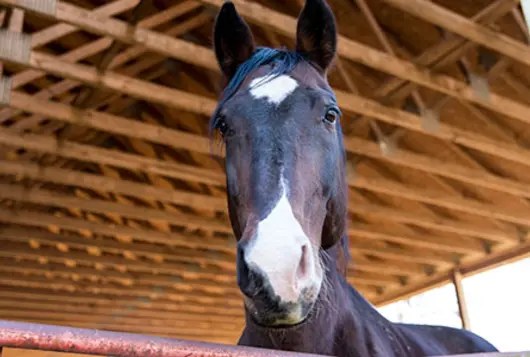Common Human Snack Toxicities in Pets

While the dangers of pets ingesting chocolate are well known to pet owners, the risks of other snacks—like grapes and raisins—may not be . Whether dogs or cats get their mouths on a human-intended snack directly from the hands of their owner or by sneaking it quickly off the counter or out of the garbage, here are a few good things to know about chocolate, grape, and raisin consumption from the ASPCA Poison Control (ASPCA Poison Control).
Chocolate
The dangers of chocolate are well known, prompting frequent calls to ASPCA Poison Control. Chocolate contains stimulants that can cause vomiting, diarrhea, agitation, tachycardia, muscle tremors, and seizures, with signs and symptoms depending on the dose. The amount of chocolate ingested, size of the animal, and the darkness of the chocolate all determine if vomiting should be induced and/or if treatment will be needed. If the pet is asymptomatic, emesis can be induced. Medications such as phenothiazines are good for agitation and beta blockers may be needed to control heart rate and blood pressure. Getting a good history and ballpark amount of what was ingested is incredibly important. Some patients may be able to be monitored at home, while others will need hospitalization and IV fluids.
And remember, while people often associate chocolate toxicity with dogs, it can also be dangerous for cats. Fortunately, cats rarely eat enough to cause more than mild stomach upset, but veterinarians should still follow the same procedure for either species.
Grapes and Raisins
While grapes and raisins may be a healthy and enjoyable snack for humans, they can lead to renal failure in some dogs. Symptoms of grape and raisin ingestion include vomiting, anorexia, lethargy, and polydipsia and polyuria, followed by anuria. Similarly as with chocolate, the amount actually ingested is critical in determining treatment—any more than one grape or raisin per ten pounds of bodyweight is potentially dangerous. If a dog presents after having ingested grapes or raisins, the actual amount ingested will determine whether the dog needs to have vomiting induced and/or needs hospitalization for two days on intravenous fluids. If the owner cannot afford hospitalization, the dog should be closely monitored for vomiting. Any vomiting within 48 hours of ingestion indicates that there is a risk of renal issues and the dog needs to be hospitalized on fluids. Time is of the essence with grapes and raisins—the longer you wait, the more likely a fatal outcome is.
Share These Snacks Instead
Although many human snacks can be dangerous if ingested by pets, there are also some that can be safely enjoyed by dogs and cats. If your clients do want to share a quick snack with their furry friends, ASPCA Poison Control recommends carrots, celery, and blueberries. Not only are these tasty, they’re full of nutrients, too.
We have lots more on this subject:




